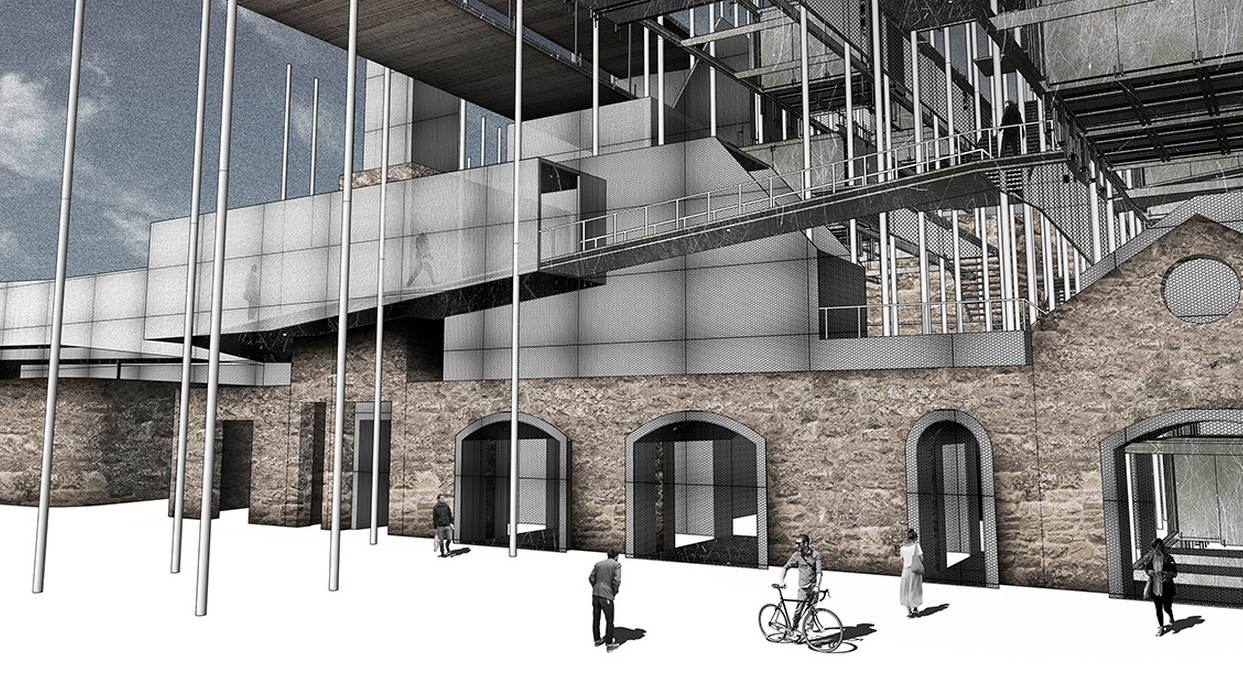Book review
The book is structured in two parts, both equally consistent. The first part is theoretical, while the second presents case

Andrei Mărgulescu
Technologies for Sustainable Urban Design and Bioregionalist Regeneration
Author: Dora Francese
The book presents in detail a methodology for urban regeneration using sustainable technologies, with focus on cultural and social context. Urban regeneration strategies can maximize their feasibility and reliability by constituting themselves on prior studies that relate to the relationship between the inhabitants of a territory and its qualities as a habitat, as an environment for biotic activities. This approach involves a mitigation of the technological impact within the regenerative strategy and it also favors a «soft» perspective, by using fewer built elements. The term of bioregionalism suggests a contextual and sensitive position from the actors involved in such a process of regeneration.
Bioregionalism is declined in reference to a geographical area, but also to a space of mentality regarding how a certain place is inhabited. An action undertakes a bioregional quality when complying with the specific biological integrity of a site (processes, types, configurations). This integrity has an effect that goes beyond the purely biological life and has identity implications for its residents, generating elements of dwelling culture.
Bioregionalism understands a place as an integrated system of natural elements (at different scales), traditions, communities and specific production methods. The study of preexisting contexts made by these criteria can be the guarantor of a successful implementation of renewal processes (projection, regeneration) and has an acute contemporary stake, especially now when globalization often forces its own insufficiently differentiated options on a place, creating tensions, separations, collages.
The book is structured in two parts, both equally consistent. The first part is theoretical, while the second presents case studies. The theoretical approach details the sustainability concept of a process of regeneration and the need for it to continue its actions autonomously, subsequent to the short or medium term of the implementation process. The bioregional vision is detailed in relation to the Mediterranean space, with the economy of the technological means and the available human and community resources.
In the second part, the case studies presented insist on the Mediterranean space by commenting its urban regenerations, in a bioregional perspective in Italy, Morocco and Turkey. The chosen places are varied, referring to urban markets, crossing areas and passages, waterfronts, suburbs, abandoned industrial sites, shopping areas and peri-urban parks. In conclusion, the book is a necessary occurrence, detailing the city’s approach to many scales, favoring a sustainable and integrated vision. In this understanding of the regeneration concept, technology is minimized as much as possible, just to elude its role of substitute for some local processes so much needed and reliable, which relate to the interdependence of cultural, social, and economic fields, and biotic processes in a certain territory.
 Romană
Romană English
English


